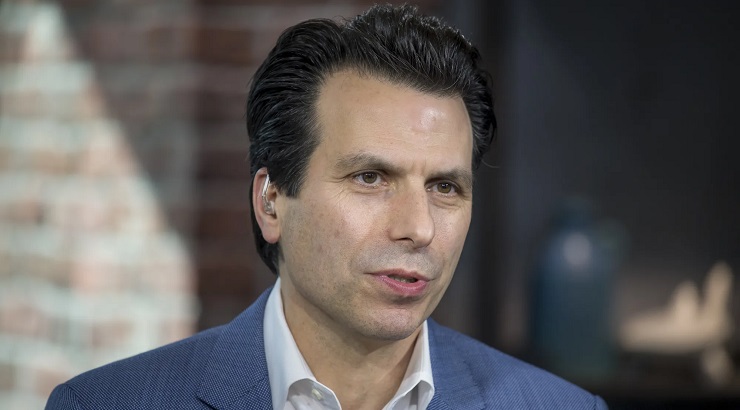Technology
Autodesk Cuts 1,350 Jobs, Shifts Focus to Cloud and AI

Autodesk has revealed plans to lay off 1,350 employees, about 9% of its workforce, as the San Francisco-based firm seeks to adapt to changing market conditions.
In a memo to staff, chief executive Andrew Anagnost explained the decision, stating that Autodesk’s go-to-market (GTM) model has evolved significantly to improve efficiency and better serve customers. He highlighted the shift from subscription and multi-year contracts to self-service enablement, direct billing, and other strategic changes.
“These changes position us to better meet the evolving needs of our customers and channel partners. To fully benefit from these changes, we are beginning the transformation of our GTM organisation to increase customer satisfaction and Autodesk’s productivity,” he said.
The planned layoffs are part of the company’s plan to stay competitive in a tough economy and prepare for leadership in cloud computing and artificial intelligence, which are expected to drive future growth.
Autodesk also plans to reduce its office spaces, but no offices will be closed.
This restructuring is expected to result in between $135 million and $150 million in pre-tax restructuring costs.
$1.64 billion
Despite the job cuts, Autodesk posted stronger-than-expected results for its fiscal fourth quarter, with earnings of $2.29 per share on $1.64 billion in revenue, marking a 12% year-on-year increase. This surpassed the expectations of analysts, who had projected earnings of $2.14 per share and revenue of $1.63 billion.
For the upcoming fiscal first quarter, Autodesk is forecasting adjusted earnings per share between $2.14 and $2.17, with revenue in the range of $1.600 billion to $1.610 billion.
In the 2026 fiscal year, the company anticipates that adjusted earnings per share will be within the boundaries of $9.34 to $9.67, and revenue is projected to be between $6.895 billion and $6.965 billion.
These actions are typical of Autodesk’s practices, but more specifically, they are part of a larger phenomena within the technology sector.
RELATED: Meta to Cut 3,000 Jobs in Major Facebook, Instagram Layoffs
Increased focus on maximizing operational efficiency has also led Meta and Workday to implement headcount reductions. Google and HP have also made changes to their headcounts because of the ongoing economic uncertainty.
While these decisions are no doubt painful, Anagnost’s memo pointed out how central they are to Autodesk’s competitiveness in the future.
“This restructuring is essential to ensure we remain at the forefront of innovation, especially as we continue to lead in areas such as cloud computing and AI.”







